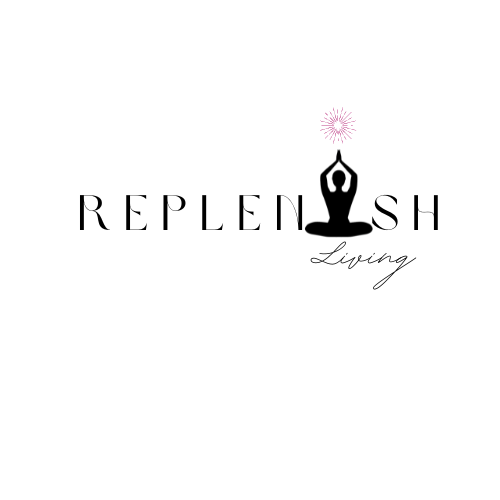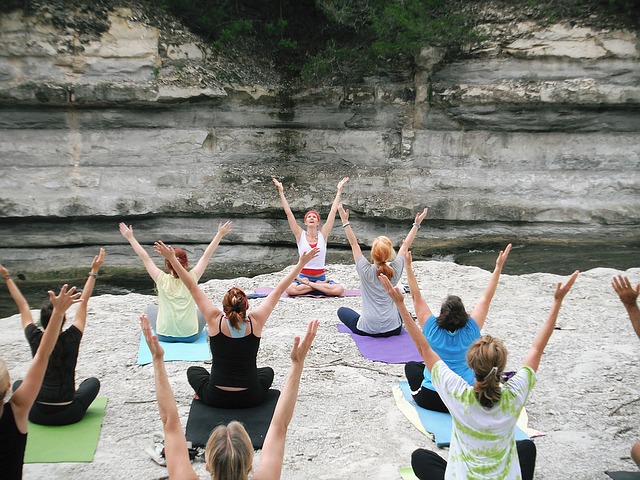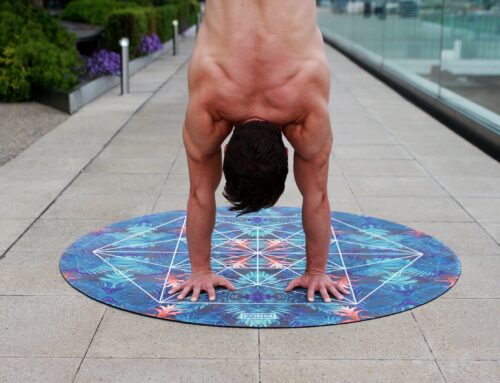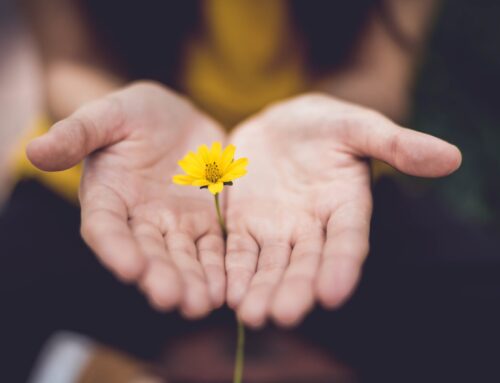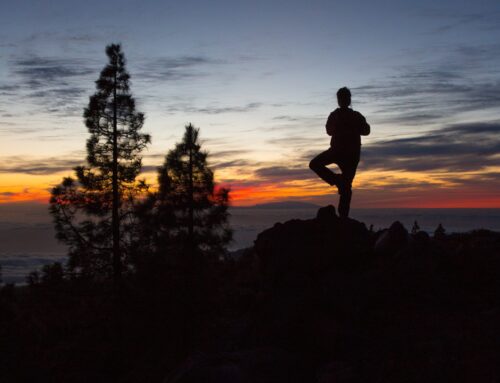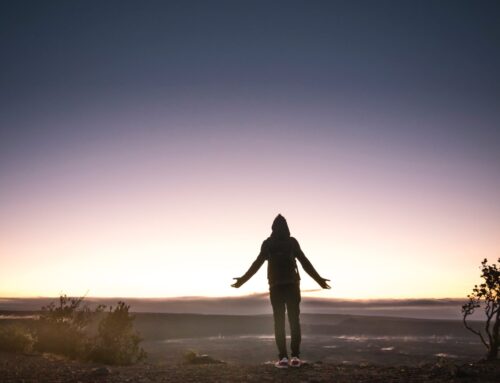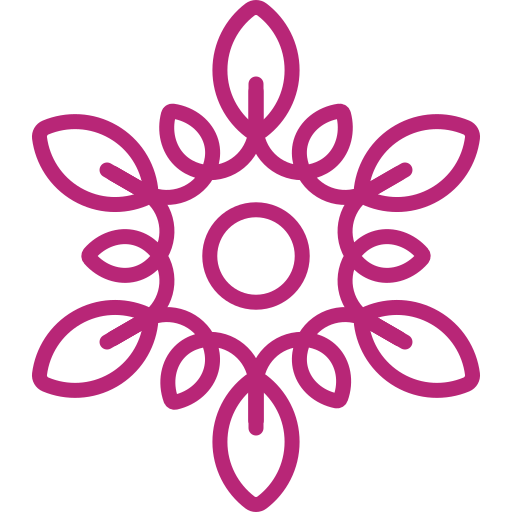Your First Yoga Class: What to Expect
Your First Yoga Class: What to Expect
By: Sage Johnson
The barista at the coffee shop, your hairdresser, everyone in your book club, even your mother-in-law is doing yoga, and why not? The benefits are countless: increased flexibility, decreased stress, relief from minor back pain, the list continues. By now it should be clear that yoga is not just for super-bendy people with perfect bodies and a closetful of tight, strappy clothes. You can do this. All it takes is signing up for your first class and then following the steps below:
Take Your Shoes Off
Yoga happens barefooted, and most studios will post a sign designating a shoe-free area. (At Replenish, it’s at the front door, you can’t miss it). Although a pedicure is not a class prerequisite, you’ll be more comfortable if you come prepared. Give your feet a quick rinse, or swipe them with a moist towelette beforehand. I made the mistake of putting lotion on both my hands and feet before class once, and I was literally sliding off my matt. Go au naturel.
The Three Bears Rule of Proper Yoga Clothing
Comfort is key in yoga class, since you’ll be stretching and bending, twisting and turning. But there are some caveats. PJ’s are comfy, but they don’t work for yoga because they don’t stay put. When you go into a Downward Dog your will perform a gravity check and end up over your head. Choose clothing that’s not too tight, not too loose.
Hush Y’all
Through yoga, you become aware – of your breathing, your diaphragm, limbs, eyelids, everything. For that reason, class is usually quiet. Talking to your neighbor is considering rude. That said, some yoga classes incorporate chanting or drumming, which you can take part in or simply observe. Obviously, ringing (or picture-taking) cell phones are frowned upon in every class.
What’d She Say?
Beginner yoga teachers will explain basic poses in easy-to-understand language, but they may also use some of the traditional Sanskrit names like Savasana (laying on your back with eyes closed at the end of class) and Namaste (“the light within me bows to the light within you),” is said aloud at the end of class to express gratitude to those sharing the practice.
I Can’t Do That
There may be poses you won’t be able to do, and that’s OK because yoga is a personal journey. The studio is a space where you connect with self, not compete with others. Simply chill in downward dog or child’s pose and concentrate on your breath until you’re ready to move to the next pose.
A Hands-On Experience
Yoga instructors are trained to help their students not only experience all of the benefits of yoga, but also stay safe and prevent injury. Don’t be surprised if your yoga teacher touches you in order to position you correctly in a pose, correct your alignment or assist with a new move. Ideally, most well trained instructors will first ask permission to perform a hands-on adjustment. If you feel at all uncomfortable, just let your teacher know.
Rest and Reflection
At the end of class, the instructor may lead a meditation or chanting practice in order to help you relax your mind and focus your attention to the present moment. If the traditional lotus pose (crossed-legged) is not comfortable, adjust so that you are in a position that feels good. This is an opportunity for you to be still as tension and stress leave your body and mind. You probably won’t be offered a moment like this during the rest of the day, so take advantage of it.
Beginners and experienced yogis alike should always enter their practice with an open mind and heart. Do this, and you will enjoy every moment of class.
